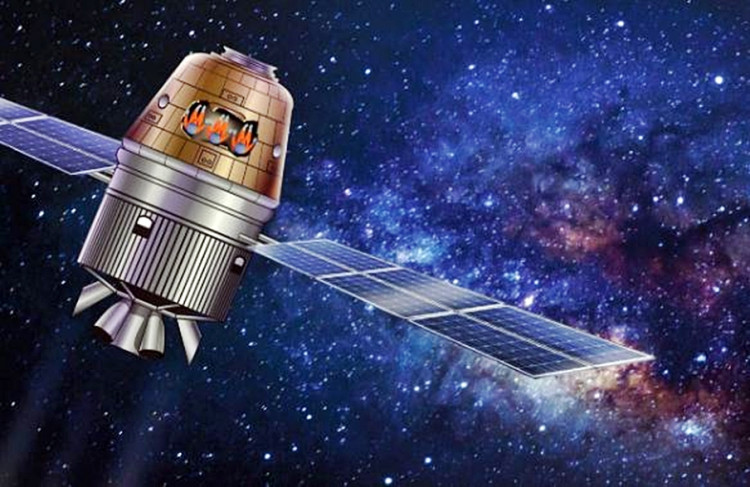The first Indian to reach outer space is fully confident his country will orbit its first manned spacecraft by December 2022.
Rakesh Sharma, who as Squadron Leader Rakesh Sharma flew into space on April 2, 1984, aboard a Russian Soyuz spacecraft, is confident India's "Gaganyaan" manned spaceflight project will see Indian astronauts orbit the Earth four years from now.
This feat will make India only the fourth country after the United States, the Soviet Union and China to orbit their astronauts using an indigenously designed and built spacecraft.
Sharma noted the interest in space and astronomy is growing in India. If India "is going to be part of colonizing the Moon first, and later perhaps, Mars", it will need a corps of astronauts, he pointed out.
"It is a good career option which is now opening up," said Sharma who is now 69 years old and a son of Punjab. "For this current generation, it is a very exciting future."
He said space has become safer than it was three decades ago when he was a cosmonaut aboard the defunct Salyut 7 orbital station. Sharma did admit the physiological aspects have not changed and whatever training Indian astronauts will undergo will be as relevant as they were in the 1980s.
In his Independence Day speech, Prime Minister Narendra Modi announced India will send three Indians into outer space by 2022.
These three Indian astronauts will be the crew of Gaganyaan ("Skycraft"), India's first crewed orbital spacecraft. Gaganyaan will form the core of the Indian Human Spaceflight Program.
It's designed to carry three people. A planned upgraded version will be equipped with rendezvous and docking capability.
The Gaganyaan program calls for three spaceflights. The first two will be unmanned while the third will carry Indian astronauts into Low Earth Orbit. The first unmanned orbital test flight for Gaganyaan will occur in 2021.
On its maiden crewed mission in 2022, the largely autonomous 3.7 metric ton space capsule will orbit the Earth at 400 km altitude for up to seven days. Gaganyaan will also safely return to the Earth after the maiden mission.
The spacecraft will be the payload aboard a GSLV Mk III D-2 launch vehicle of the Indian Space Research Organization (ISRO). It is outwardly similar to a Russian Soyuz-shaped reentry spacecraft. The crew module is mated to the service module, and together they comprise the orbital module.
Gaganyaan will have life support and environmental control systems. It will,, of course, be equipped with an emergency mission abort and emergency escape.
Gaganyaan's mission profile will see it injected into an orbit 300 km to 400 km above the Earth some 16 minutes after lift-off from the Satish Dhawan Space Center (SDSC), Sriharikota. The capsule will splashdown at the Bay of Bengal upon its return.






